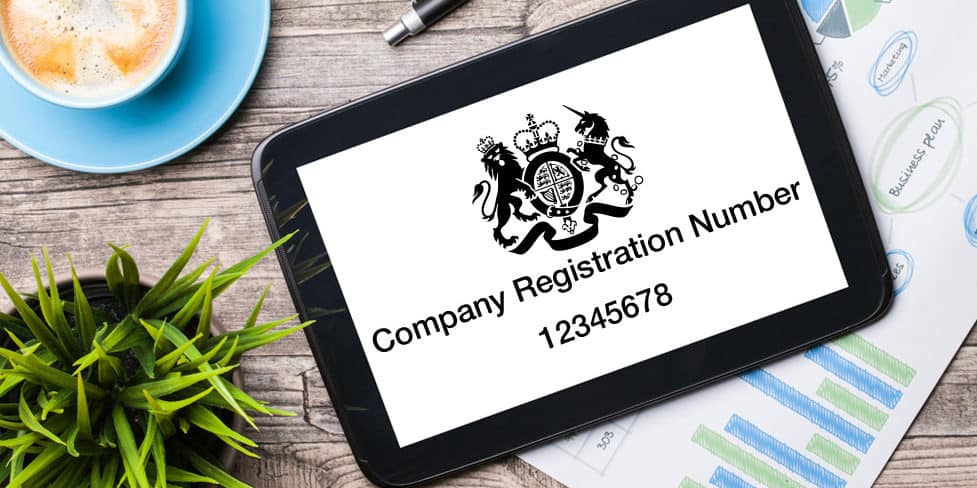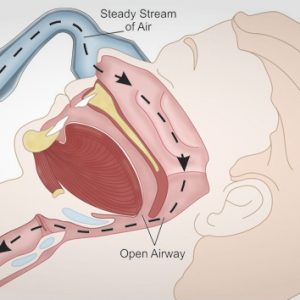Trademark registration is a complex process. However, if you follow the right steps, your trademark will be protected in Hong Kong.
If your application is accepted, it will be published in the Hong Kong Intellectual Property Journal. If someone objects to it, you can appeal and have the issue heard by a hearing officer.
Trademark search
A hong kong trademark https://www.accoladeip.com/us/en/trademark-search/ is a sign used to distinguish goods and services in the marketplace. It may consist of words, numerals, figurative elements or combinations of colors. Registered trademarks can be owned by a company or individuals and they enjoy exclusive rights on the goods and/or services for which they are registered. While patent registrations are based on first-to-invent, trademarks are generally protected on a first-to-file and/or first-to-use basis, depending on the country.
The Trademark Registry examines every new application to ensure that it does not conflict with existing registered marks. It also checks that the mark is distinctive and relevant to its business field. If it is not, it may be rejected.
If you want to register your trademark, you must submit a copy of the application form and the required documents to the registry. These include a description of the mark, and the classes to which it belongs. The class should relate to the nature of your goods and services. For example, a well-known brand like Dyson is classified under Class 3 for household electrical appliances such as bladeless fans and vacuum cleaners.
Trademark registration
Trademark registration is the process of securing protection for your business’ name, logo, or design. In Hong Kong, trademarks are governed by different laws than patents and are a form of intellectual property. It is important to conduct a trademark search before launching your business to ensure that you’re not infringing on someone else’s trademark.
Once your application is submitted, the Registry will evaluate it to ensure it meets the requirements. If there are no faults or objections, the registration process takes around 6 months.
Once your trademark is registered, you can take legal action against anyone who uses it without your permission. However, it’s worth noting that a Hong Kong trademark does not extend to Mainland China. A separate registration process is required to secure trademark protection in China. You can also submit proof that your trademark has acquired distinctiveness through use before filing for registration. This can be helpful if you’re facing objections during the trademark registration process.
Oppositions
Trademark application in Mainland China is open to the public and anyone can file opposition to prevent an application from being registered. The deadline for filing an opposition is three months from the publication of a trademark application in the Intellectual Property Journal. The opposition procedure can be a useful tool to prevent bad-faith trademark applications from being granted.
A party can raise oppositions based on the grounds that the applicant’s mark is similar to an earlier mark and that it is likely to confuse the public. It is also possible to raise grounds that the applicant has not acted in good faith. This is often a difficult allegation to prove, however.
It is important to note that opposition proceedings are akin to litigation in a court of law and not like filing an administrative action at the Trademark Trial and Appeal Board (TTAB). As such, it is crucial to take them seriously. Moreover, a party who loses an opposition will usually be ordered to bear the opposing party’s legal costs.
Renewals
hong kong trademark are valid for 10 years. They can be renewed at any time, subject to meeting the required criteria. The renewal procedure is relatively straightforward. The owner of the trademark must submit a request and pay the applicable fees before the expiry date of the registration. In addition, the renewal must be supported by use of the mark for goods or services.
A registered trademark in Hong Kong will not confer protection in the Chinese Mainland. It is necessary to pursue a separate, more complicated registration process in the Mainland.
In a recent case, the plaintiffs argued that the defendants had infringed their trademark rights by using similar signs incorporating the letters TWG. The Court agreed, finding that there was a likelihood of confusion and dilution by association between the plaintiffs’ marks and the defendants’ marks. The infringement was caused by the defendants’ unauthorized use of the similar signs in Hong Kong, where they knew that there was a high probability of misrepresentation or deception.
If you have any inquiries relating to Accolade 卓遠, you can contact us at the page.




